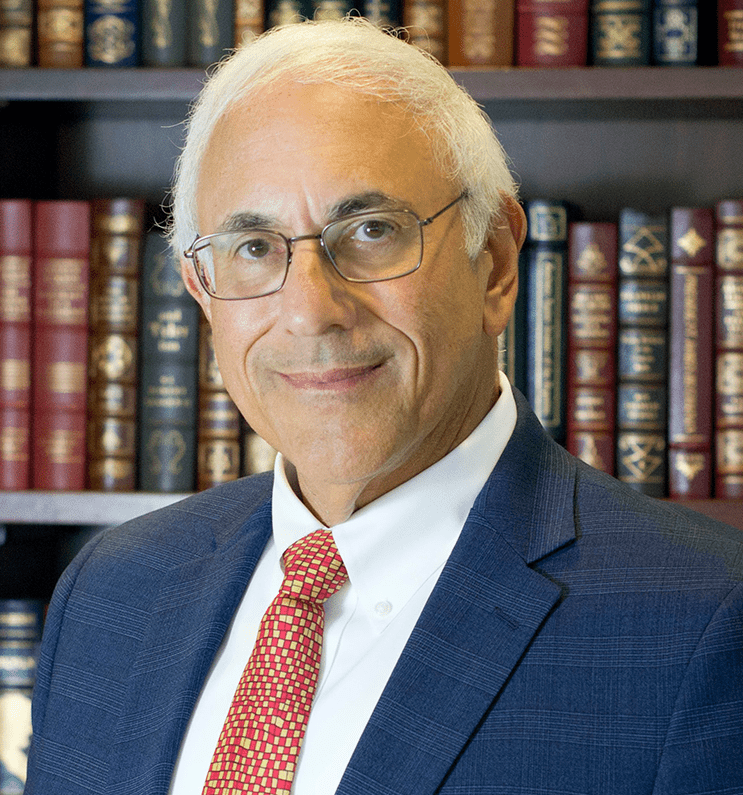Divided Court Allows President to Fire Agency Officials
Historical
In Trump v. Wilcox, 605 U.S. ____ (2025), the U.S. Supreme Court granted the Trump Administration’s emergency application to stay the district court’s orders reinstating Gwynne Wilcox and Cathy Harris to the National Labor Relations Board (NLRB) and Merit Systems Protection Board (MSPB).
Facts of the Case
Shortly after taking office, President Trump removed Gwynne Wilcox as an NLRB member. He similarly terminated Cathy Harris from the MSPB. Both Wilcox and Harris filed suit against President Donald Trump and various White House officials in the U.S. District Court for the District of Columbia. Both claimed that their removal violated their statutory tenure protection and sought immediate judicial relief restoring them to their office.
District court judges ruled in favor of Wilcox and Harris, ordering the Trump Administration to reinstate them. Their decisions relied heavily on the Supreme Court’s decision in Humphrey’s Executor v. United States, 295 U.S. 602 (1935), in which it held that although a president can generally fire subordinates for any reason, Congress can create independent, multi-member regulatory agencies whose commissioners can only be removed for cause.
On appeal, a three-judge panel of the U.S. Court of Appeals for the District of Columbia Circuit blocked those orders. However, full court of appeals reversed that ruling and reinstated the trial judges’ instructions to allow Wilcox and Harris to remain in office.
Supreme Court’s Decision
On May 22, 2025, the Court granted the Trump Administration’s emergency application for stay in an unsigned two-page order. “Because the Constitution vests the executive power in the President, see Art. II, §1, cl. 1, he may remove without cause executive officers who exercise that power on his behalf, subject to narrow exceptions recognized by our precedents,” the majority wrote.
According to the majority, the stay “reflects our judgment that the Government is likely to show that both the NLRB and MSPB exercise considerable executive power.” Nonetheless, it found that the question is better left for resolution after full briefing and argument.
The majority also indicated that its decision reflected its judgment that the “Government faces greater risk of harm from an order allowing a removed officer to continue exercising the executive power than a wrongfully removed officer faces from being unable to perform her statutory duty.” It further found that a stay is appropriate to avoid the disruptive effect of the repeated removal and reinstatement of officers during the pendency of the litigation.
Finally, the majority rejected the argument that siding with the government could threaten the structure of the Federal Reserve. In support, it cited that the Federal Reserve “is a uniquely structured, quasi-private entity that follows in the distinct historical tradition of the First and Second Banks of the United States.”
Dissent
Justice Elena Kagan authored a strongly worded dissent, which was joined by Justices Sonia Sotomayor and KetanjiBrown Jackson.
Justice Kagan argued that Humphrey’s Executor“undergirds a significant feature of American governance: bipartisan administrative bodies carrying out expertise-based functions with a measure of independence from presidential control.” Because it remains good law, the dissenters maintained that it “forecloses both the President’s firings” of Harris and Wilcox. They further contended that the majority’s grant of emergency relief “allows the President to overruleHumphrey’sby fiat, again pending our eventual review.”
Justice Kagan also argued that the majority’s ruling “favors the President over our precedent; and it does so unrestrained by the rules of briefing and argument—and the passage of time—needed to discipline our decision-making.”
Previous Articles
Divided Court Allows President to Fire Agency Officials
by DONALD SCARINCI on August 21, 2025
In Trump v. Wilcox, 605 U.S. ____ (2025), the U.S. Supreme Court granted the Trump Administration�...
SCOTUS Grants Death Row Inmate New Trial in Glossip v. Oklahoma
by DONALD SCARINCI on
In Glossip v. Oklahoma, 604 U.S. ____ (2025), the U.S. Supreme Court granted death row inmate Richa...
SCOTUS Allows Termination of Dept of Education Employees
by DONALD SCARINCI on
In McMahon v. New York, 606 U.S. ____ (2025), the U.S. Supreme Court agreed to stay a district cour...
The Amendments
-
Amendment1
- Establishment ClauseFree Exercise Clause
- Freedom of Speech
- Freedoms of Press
- Freedom of Assembly, and Petitition
-
Amendment2
- The Right to Bear Arms
-
Amendment4
- Unreasonable Searches and Seizures
-
Amendment5
- Due Process
- Eminent Domain
- Rights of Criminal Defendants
Preamble to the Bill of Rights
Congress of the United States begun and held at the City of New-York, on Wednesday the fourth of March, one thousand seven hundred and eighty nine.
THE Conventions of a number of the States, having at the time of their adopting the Constitution, expressed a desire, in order to prevent misconstruction or abuse of its powers, that further declaratory and restrictive clauses should be added: And as extending the ground of public confidence in the Government, will best ensure the beneficent ends of its institution.





